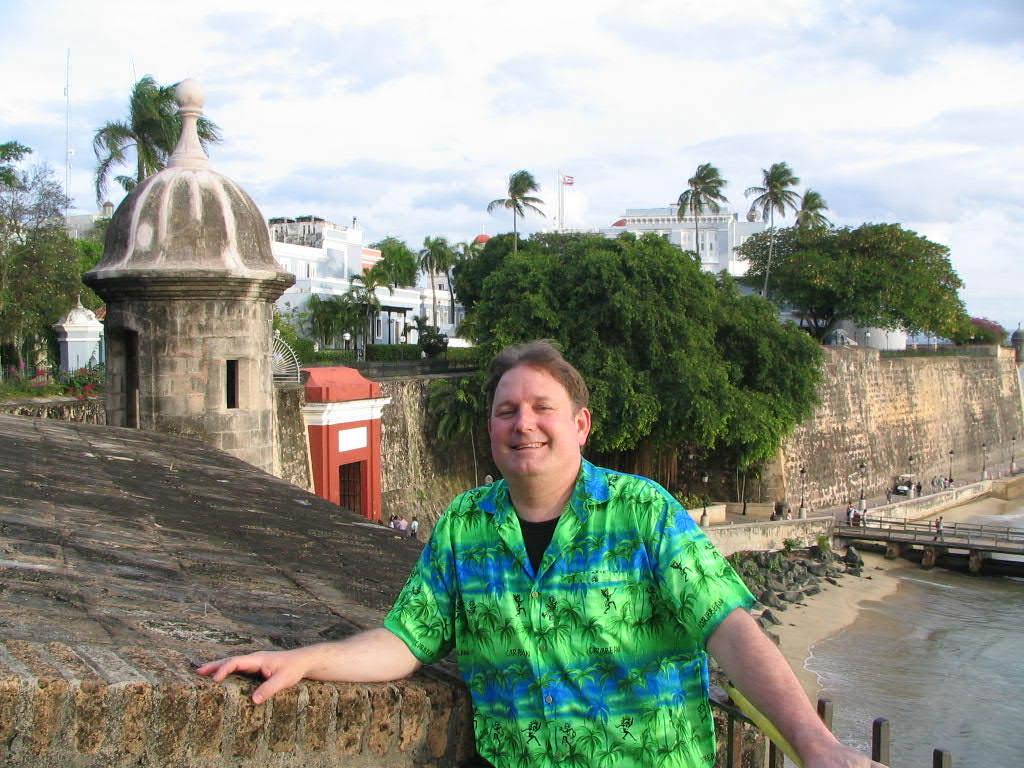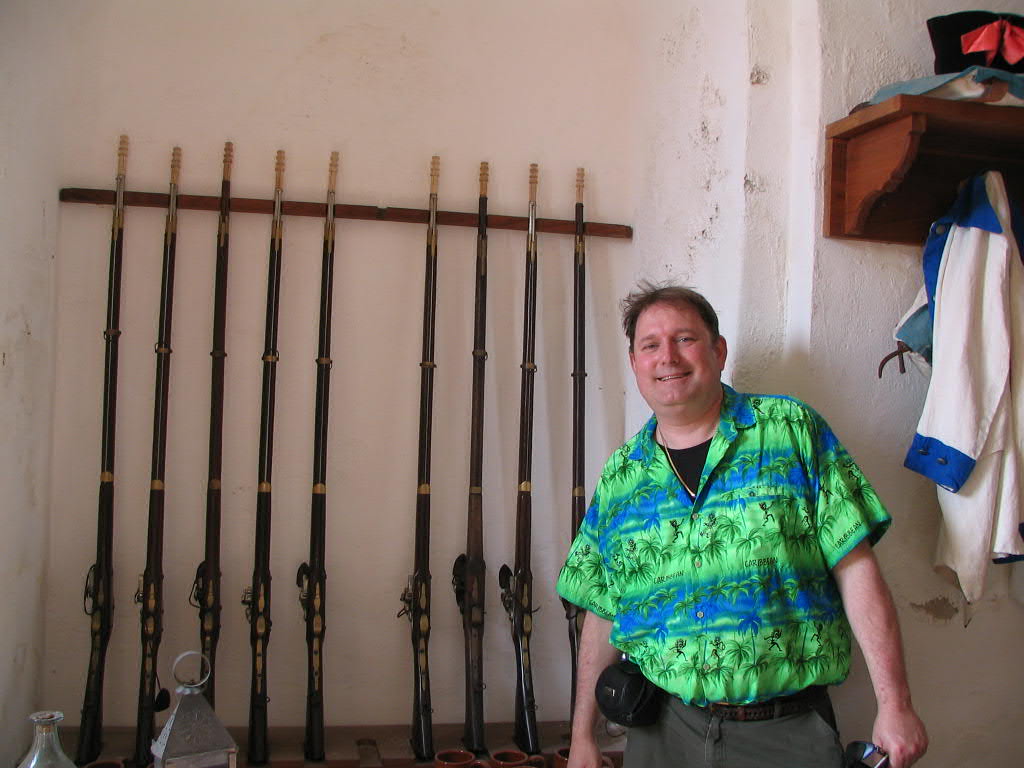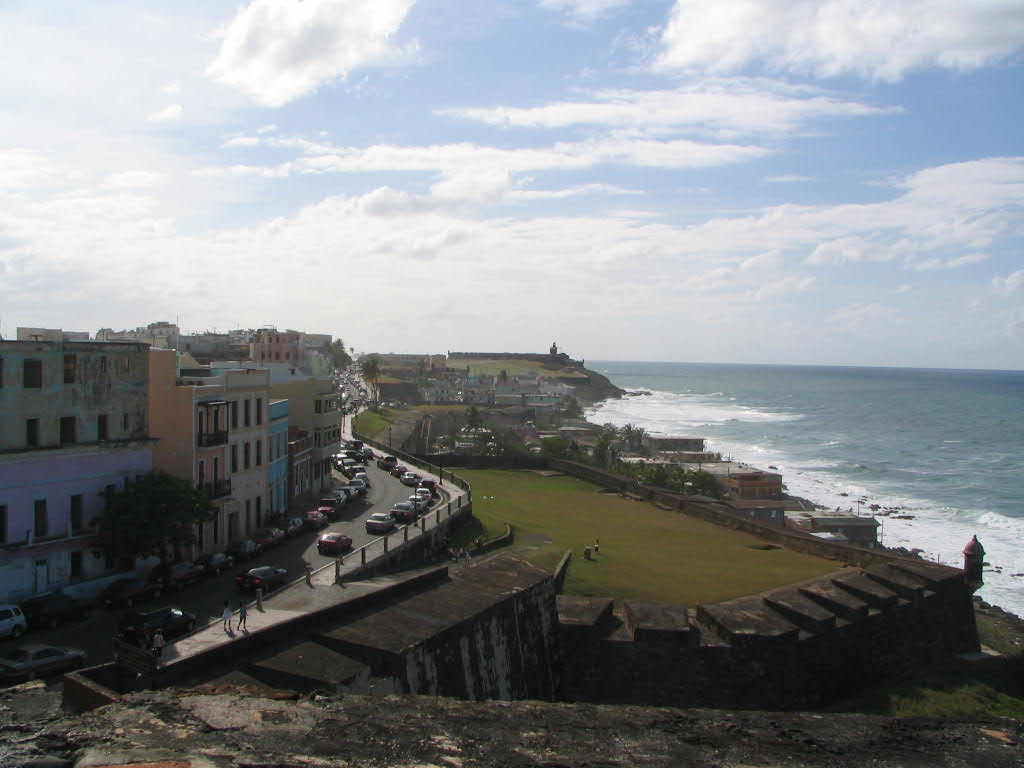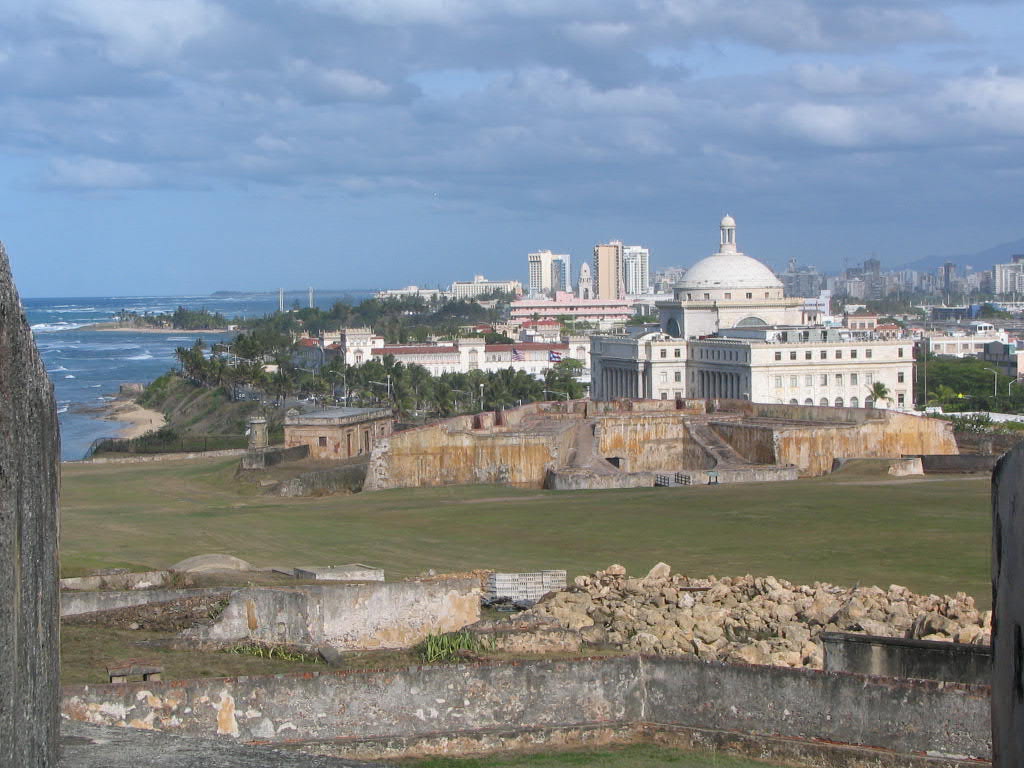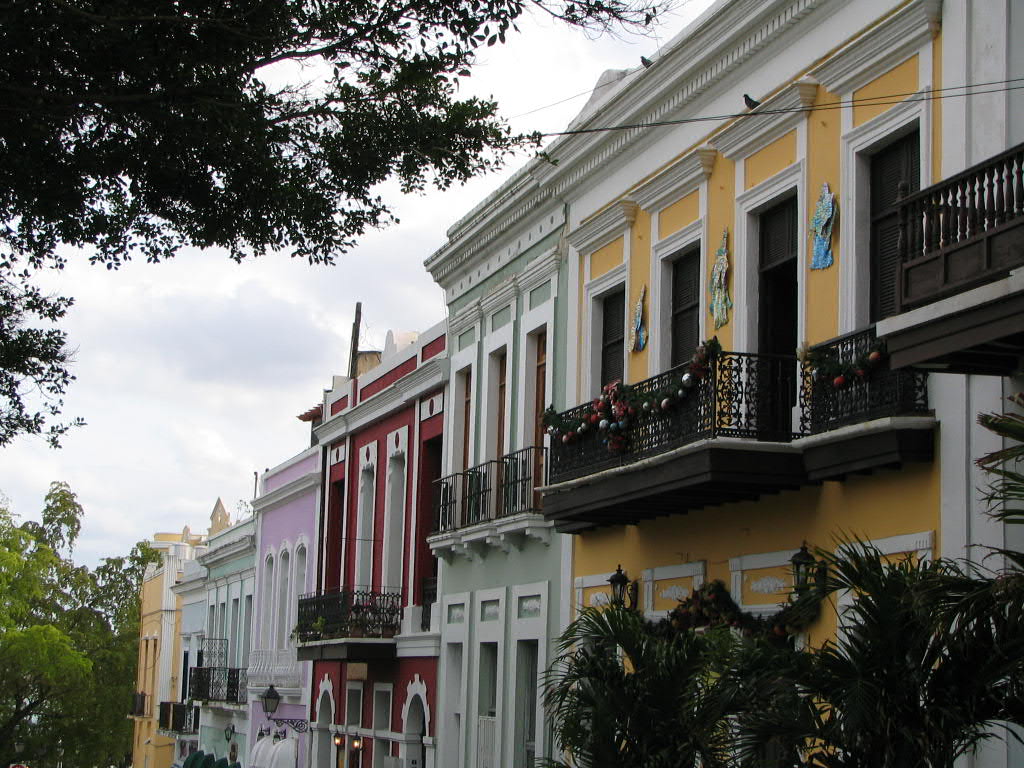Puerto Rico is perhaps one of the most beautiful islands in all of the Caribbean. Walking through Old San Juan is like taking a trip back in time to the days of the Island was controlled by Spain. I first traveled to Puerto Rico in the Spring of 2007 and would love to return to see more of this strikingly beautiful island.
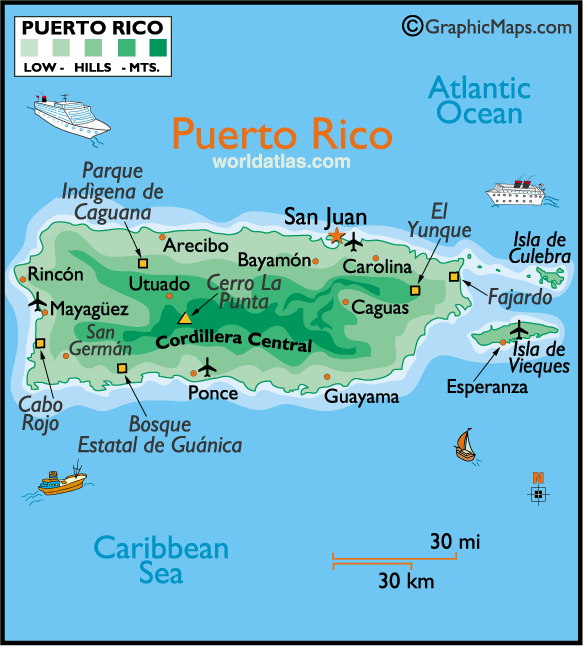 |
Christopher
Columbus and his crew
were the first Europeans to set sight on Puerto Rico over 500 years
ago, in 1493. At the time, the native Taino West Indian peoples called
the island Borinquen. The first permanent European settlement was
started in San Juan by Ponce de Leon in 1508. The city of San Juan became an important outpost for the Spanish Empire in 1540 with the completion of La Fortaleza. The battlements of Fort El Morro, which still stands today was completed 50 years later, just in time to resist the attack of Sir Fancis Drake, who was a privateer for Britain's Queen Elizabeth. Three years later, the Earl of Cumberland conquered the city, but dysentery soon broke out and the Earl returned with his men to England shortly after. The native Taino people suffered significantly from the dysentery outbreak. The remaining native Taino were exterminated by a more fierce group of natives, the Carib Indians, who themselves were decimated by dysentery, shortly after their murderous rampage. Puerto Rico's Spanish population would eventually recover and the economy of the Island would flourish by the 19th Century. Even though Puerto Rico fought and won autonomy from Spain in 1897, that would be short lived as the Spanish American War found the United States victorious and Puerto Rico was ceded to the U.S. In 1917 Puerto Ricans were given U.S. Citizenship and today Puerto Rico is considered a commonwealth territory of the United States. |
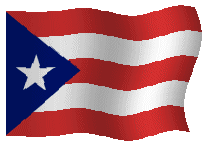  |
